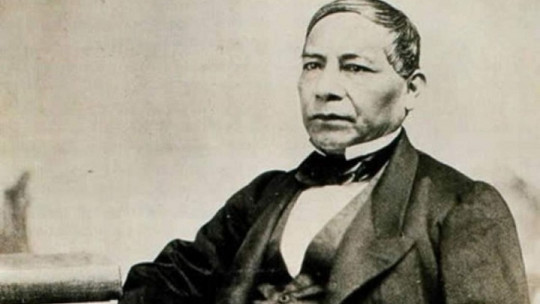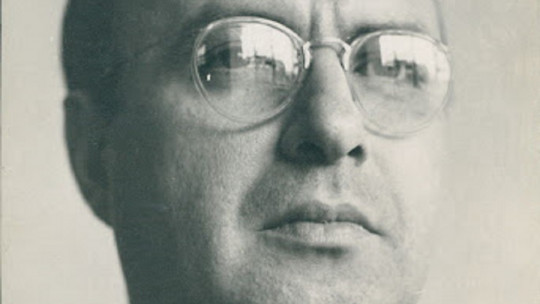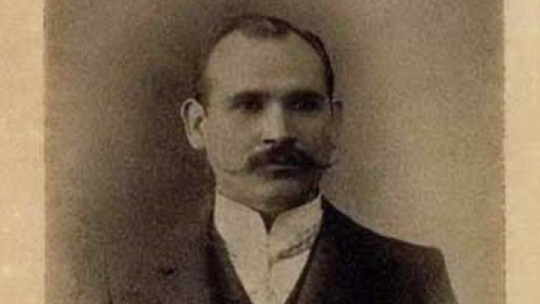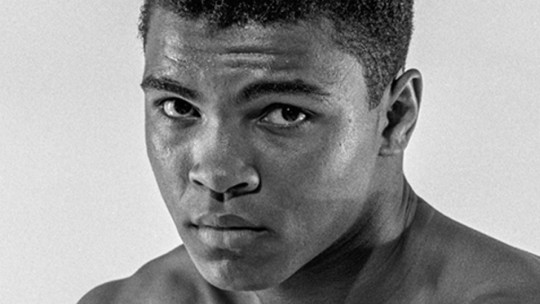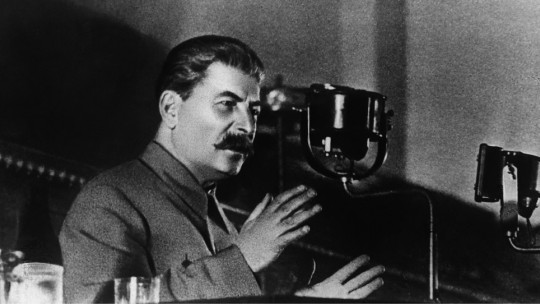There are many presidents and leaders who have governed the destiny of a country, setting the main guidelines for what happens in the territory and how it is structured and acts at a political, institutional, social and economic level.
In the case of Mexico, we are facing a country with a turbulent history in which there have been multiple ideological disputes between the different social classes. One of the most remembered and loved presidents, who sought to seek equal rights and respect for people of different social classes, was Benito Juárez. It is about him that we are going to talk in this article, in which there are a short biography of Benito Juárez
Biography of Benito Juárez
Benito Pablo Juárez García was born in San Pablo de Guelatao, in Oaxaca, on March 21, 1806. From an indigenous family (members of the Zapotec group) and dedicated to agriculture, his parents were Marcelino Juárez and Brígida García. Unfortunately, both parents died young, when the little one was three years old.
After their deaths, he and his sisters were left in the care of their grandparents, who in turn, when they died shortly after, left the future president under the guardianship of his uncle Bernardino. This man would introduce him to the world of shepherding and make him work as a shepherd in the field, in addition to speaking Spanish. Beyond that, the child He did not have any type of training, his town being a rural area with no school (something Juárez considered necessary when wanting to receive an education).
Academic training and first jobs
In 1818 Juárez lost one of the sheep, which, due to fear of possible reprisals, made him flee the place. After that he went to Oaxaca in search of one of his sisters, who worked for a merchant named Antonio Maza. The latter welcomed him and gave him work. In addition, shortly after, the young man He met a priest named Salanueva, with whom he would begin to learn the trade of bookbinder and that helped him enroll in a local school. In 1821 Salanueva helped him enter the Santa Cruz seminary, where the young man would obtain excellent grades.
However, monastic life and theology did not attract the young man, who at the age of twenty left the seminary to enroll in the Institute of Sciences and Arts of the State of Oaxaca. At the Institute he began to study law and jurisprudence, a course from which he graduated in 1834.
After finishing his training, he was hired as a physics teacher, at the same time that he began to dedicate himself to the legal defense of indigenous communities and the poorest classes. This led to him being accused of trying to promote an uprising among indigenous communities something that ended up getting him imprisoned.
Politics and governance
In 1831 Juárez was chosen as councilor of the Oaxaca city council, and a year later he was appointed deputy. After that He rose little by little within the world of politics However, at that time there was a conflict between liberals and conservatives regarding the fight for the elimination of privileges of the clergy and the army, which ended with the victory of the military and caused Juárez to temporarily withdraw from political life.
Also in his role as a lawyer he rose as time went by, and by 1841 he had managed to become a civil judge of Oaxaca. With this he would also return to politics, in which He was appointed substitute minister in the Superior Court of Justice
In 1843 he married Margarita Maza, daughter of his former patron and protector Antonio Maza. Later he would be named deputy for Oaxaca in the Congress of the Union, and after that co-governor of the state.
In 1846 The so-called Mexican-American War began , a conflict between the United States and Mexico in which Juárez participated by making proposals that ensured that his country could meet the expenses of the war. The conflict came to an end with the Treaty of Guadalupe-Hidalgo, which Juárez opposed when Mexico lost a large part of its territory. Among other actions, General Santa Anna, who was fleeing from the Americans at that time, denied entry, something that would generate his resentment.
In 1847, he was appointed federal deputy and later governor of Oaxaca During this period his actions contributed to generating infrastructure, schools and different advances, at the same time that he was appointed rector of the Institute of Sciences and Arts of Oaxaca. But in 1853, General Santa Anna took power, something that caused Juárez to be arrested and even close to being shot, later deciding to exile him to Cuba. Juárez went to New Orleans, where he would meet multiple exiles who planned to overthrow the general.
The so-called Ayutla Revolution was formed, which in 1855 caused General Santa Anna to retire from the presidency and the liberals to come to power. The new president decided to appoint Benito Juárez Minister of Justice. Likewise in 1857 they managed to decree a Constitution.
Presidency and conflicts
In 1857 Benito Juárez was appointed Minister of the Interior and President of the Supreme Court of Justice, during the mandate of President Comonfort. However In 1855 there was a coup d’état , advocated by Comonfort himself to overthrow the government, caused the president to resign. His resignation made Juárez president according to the Constitution of his country, although the perpetrators of the coup (who supported the ecclesiastical and military establishments and were opposed to liberal policies) appointed Zuloaga as president.
This meant that, after spending time in prison, Juárez went to Guanajuato and Guadalajara, where he would be able to form a government and where he would be officially named president. The Three Years’ War would begin, in which the liberals of Juárez and the conservatives of Zuluaga would fight until 1860 when the former achieved victory.
At the same time, the harsh conditions of said war and its expenses caused Juárez to suspend the foreign debt, something that also led France to invade Mexico and name Maximilian I emperor of Mexico This led to a new war that would end with the death of Maximilian in 1867.
After that, Juárez would be re-elected and would once again try to promote a reform of the system and the defense of freedom and equality. In fact, based on this, he was named Benemérito of the Americas. However Some of his policies made many politicians fear that he wanted to keep office by force , which meant that Congress became hostile. Despite this, the elections of 1867 were favorable to him and allowed him to remain president.
Last years and death
The years went by, and with them Benito Juárez began to suffer various medical complications. In 1870 the president suffered what was then called cerebral congestion , in which the president would manifest bradycardia among other problems, and this would be repeated shortly after. Added to this difficult situation was the fact that his wife was diagnosed with terminal cancer in 1869, an illness that would end the woman’s life in 1871.
During that same year Juárez would be re-elected president, but his long political life and his emotional state and health would cause discontent on the part of a portion of the population. Among this opposition, the figure of Porfirio Díaz stood out, who harshly criticized the re-election and even accused him of being a dictator. They even took to arms, some conflicts and mutinies arose that ended up being suppressed.
One year later, during the month of March, Benito Juárez had angina which he managed to overcome. However, months later the Mexican president began to experience a relapse of his heart condition while he was having a series of hearings with various personalities and officials from the government and the army. Shortly after and already in his home, the situation would become increasingly worse until he finally ended his life. His death occurred in Mexico City on July 18, 1872, at 66 years of age.

